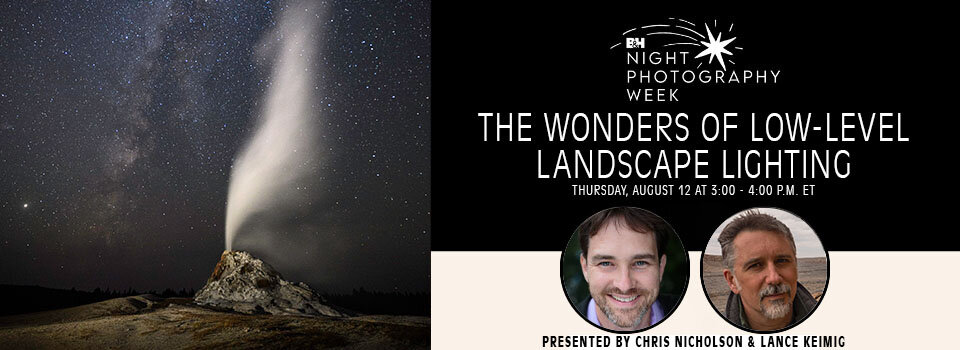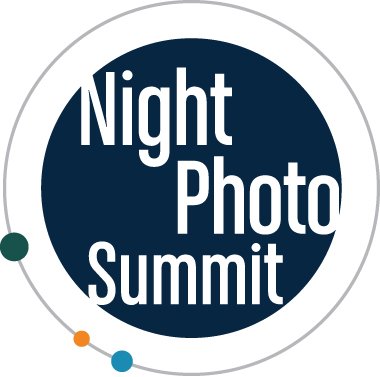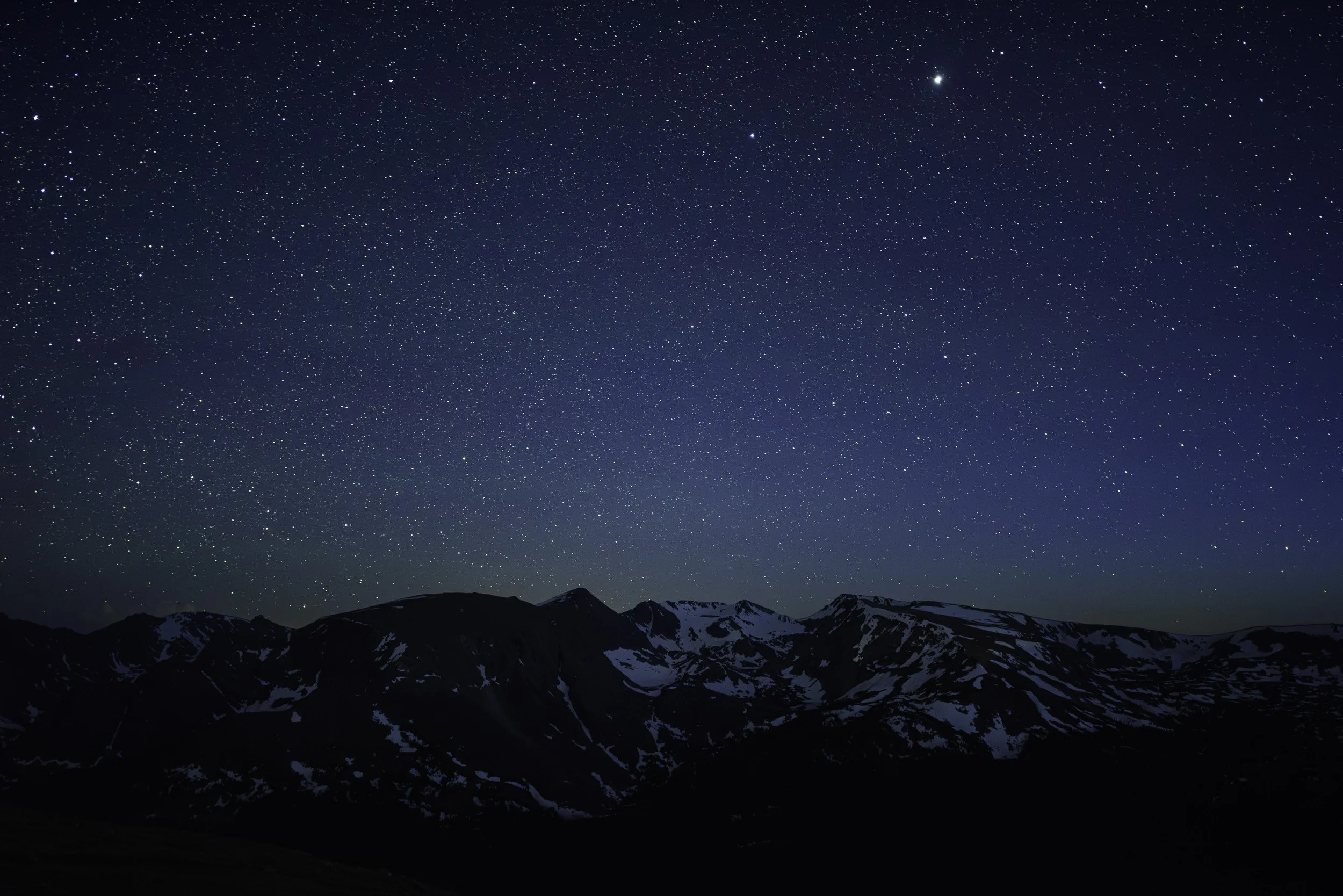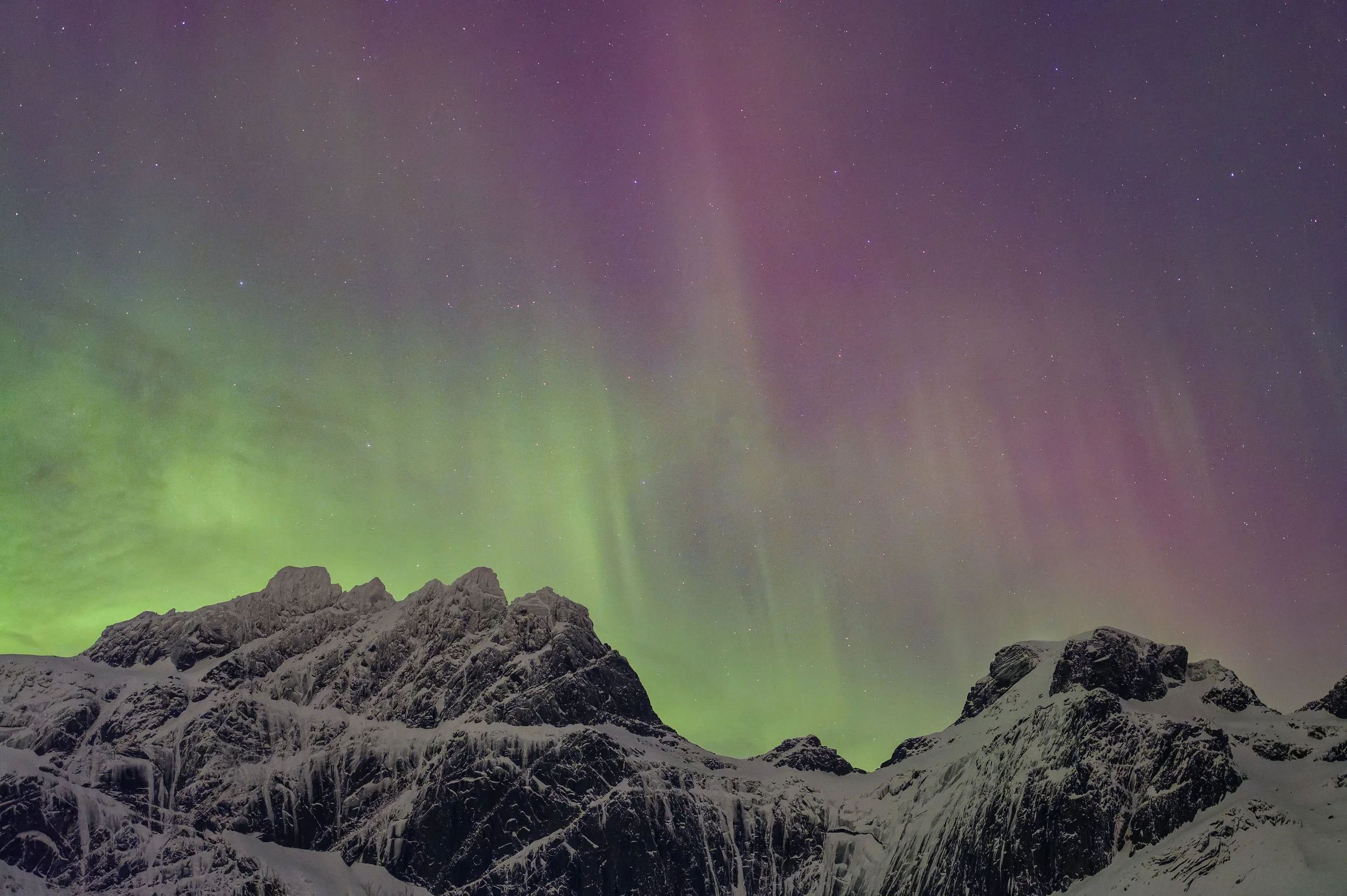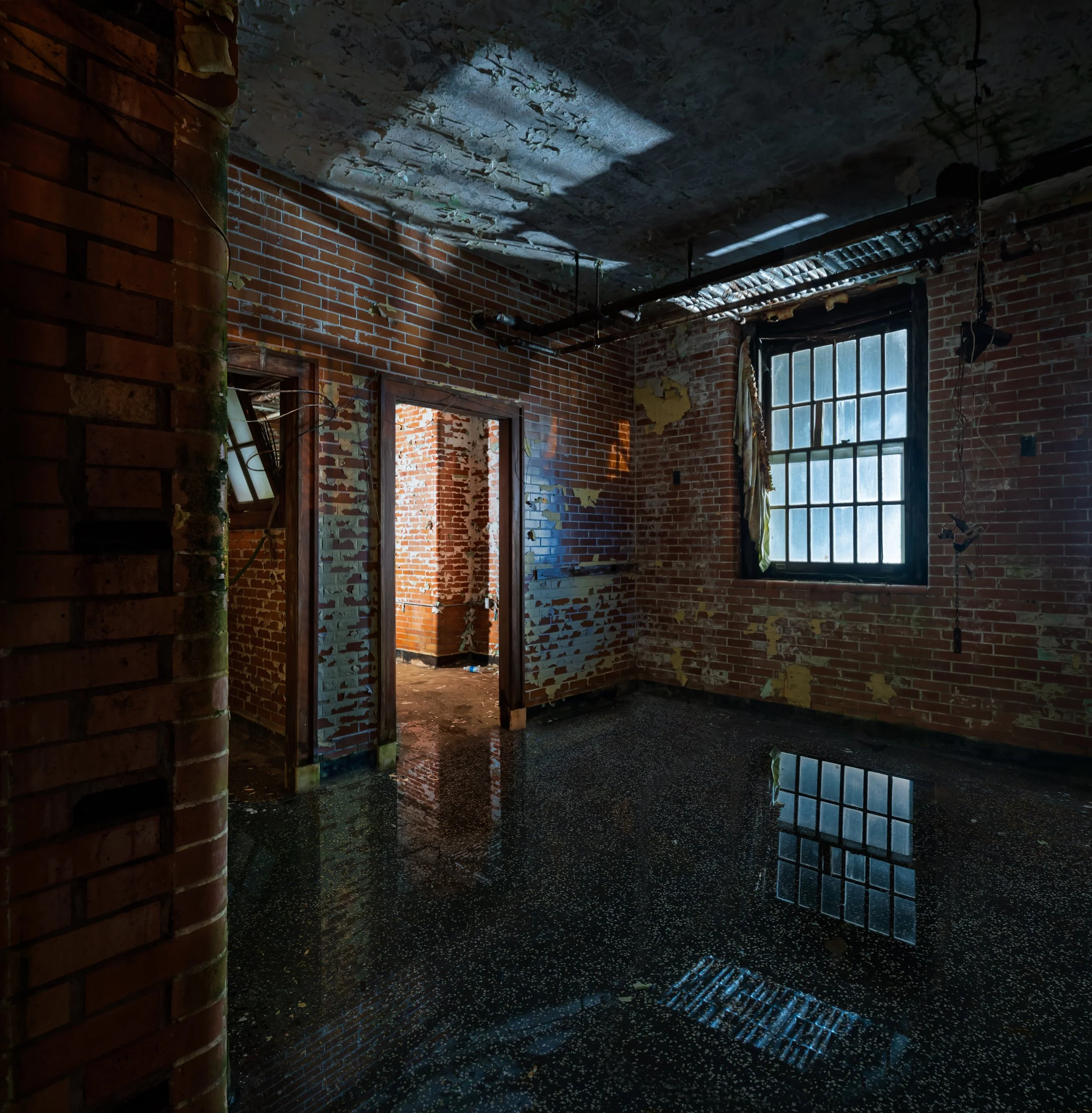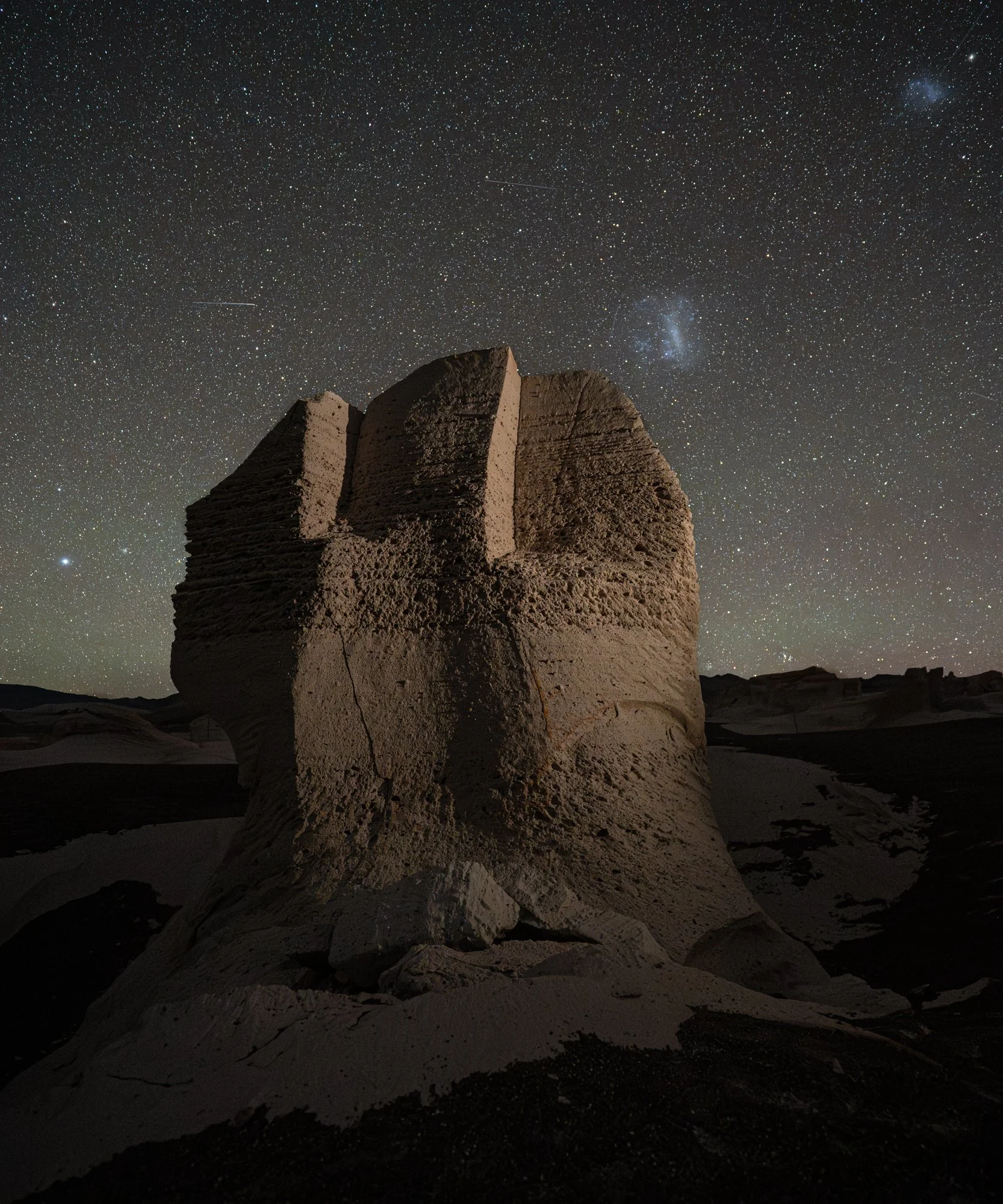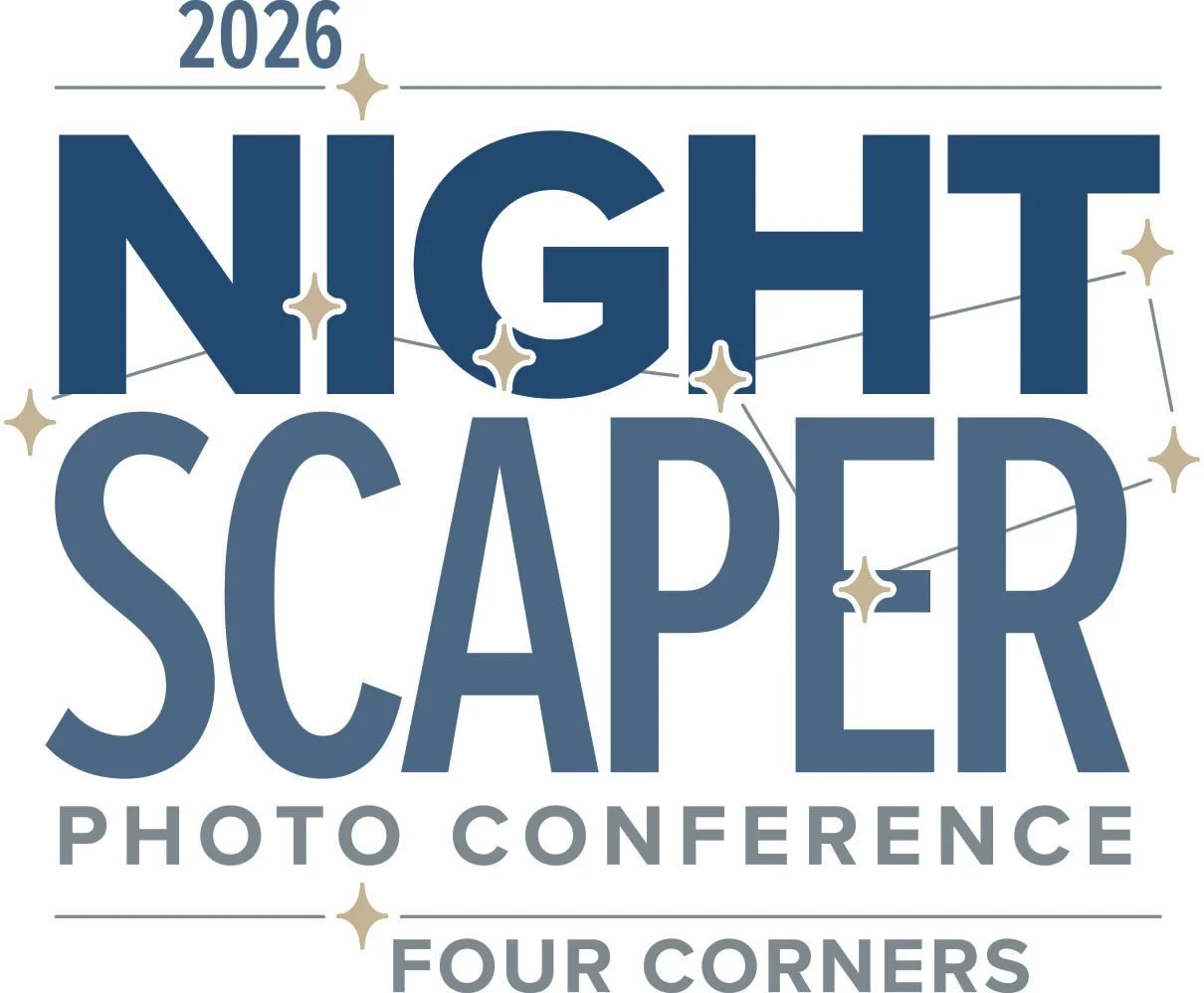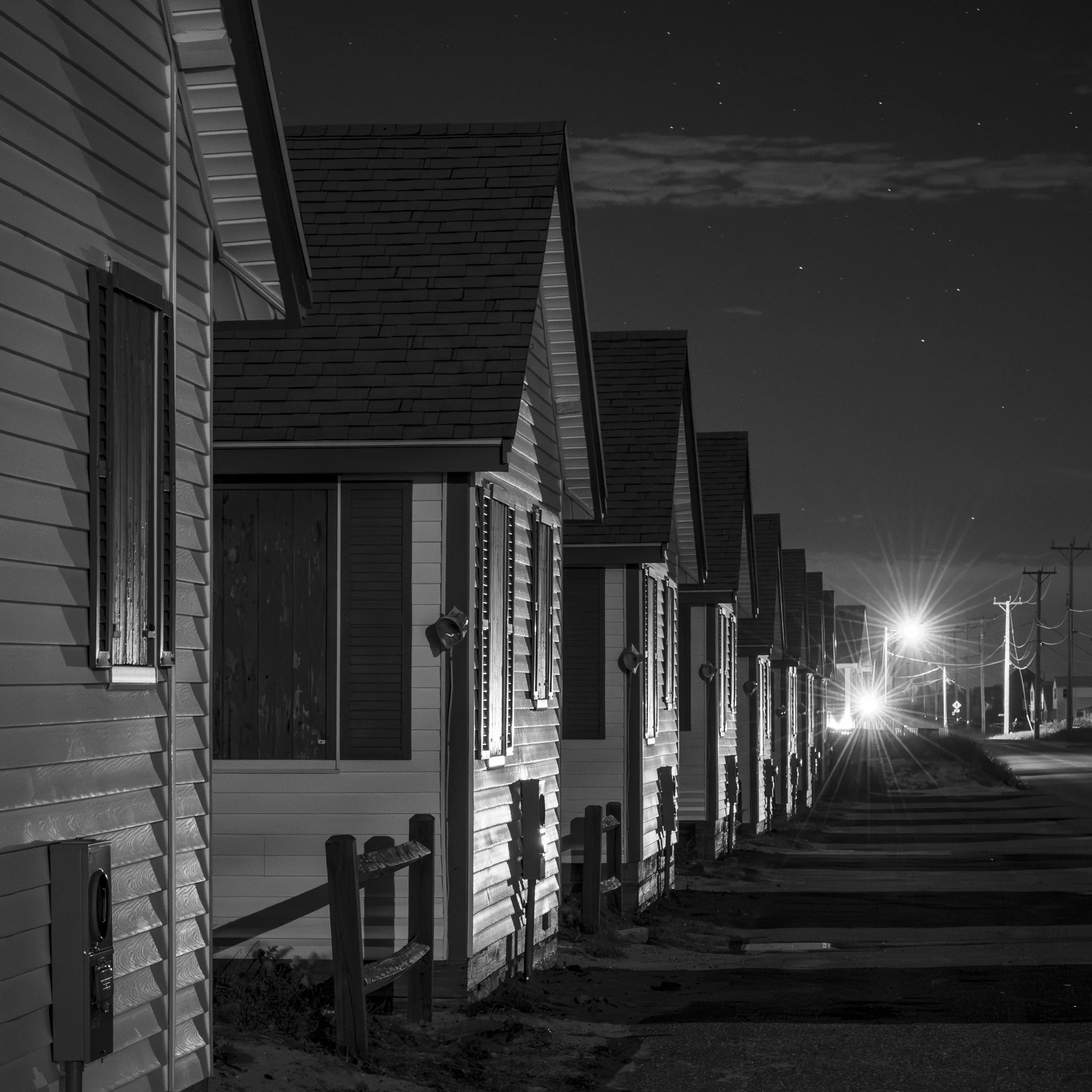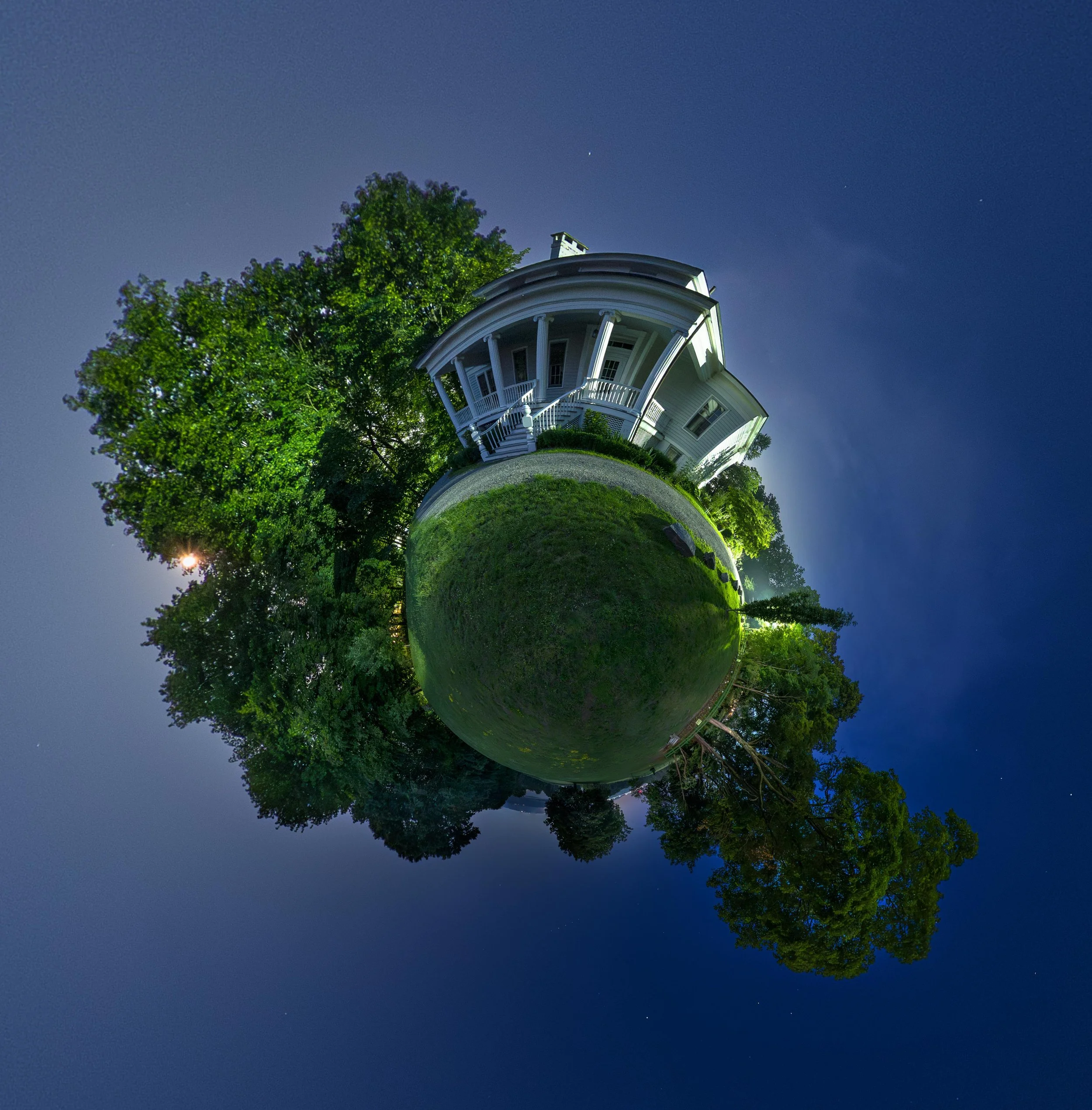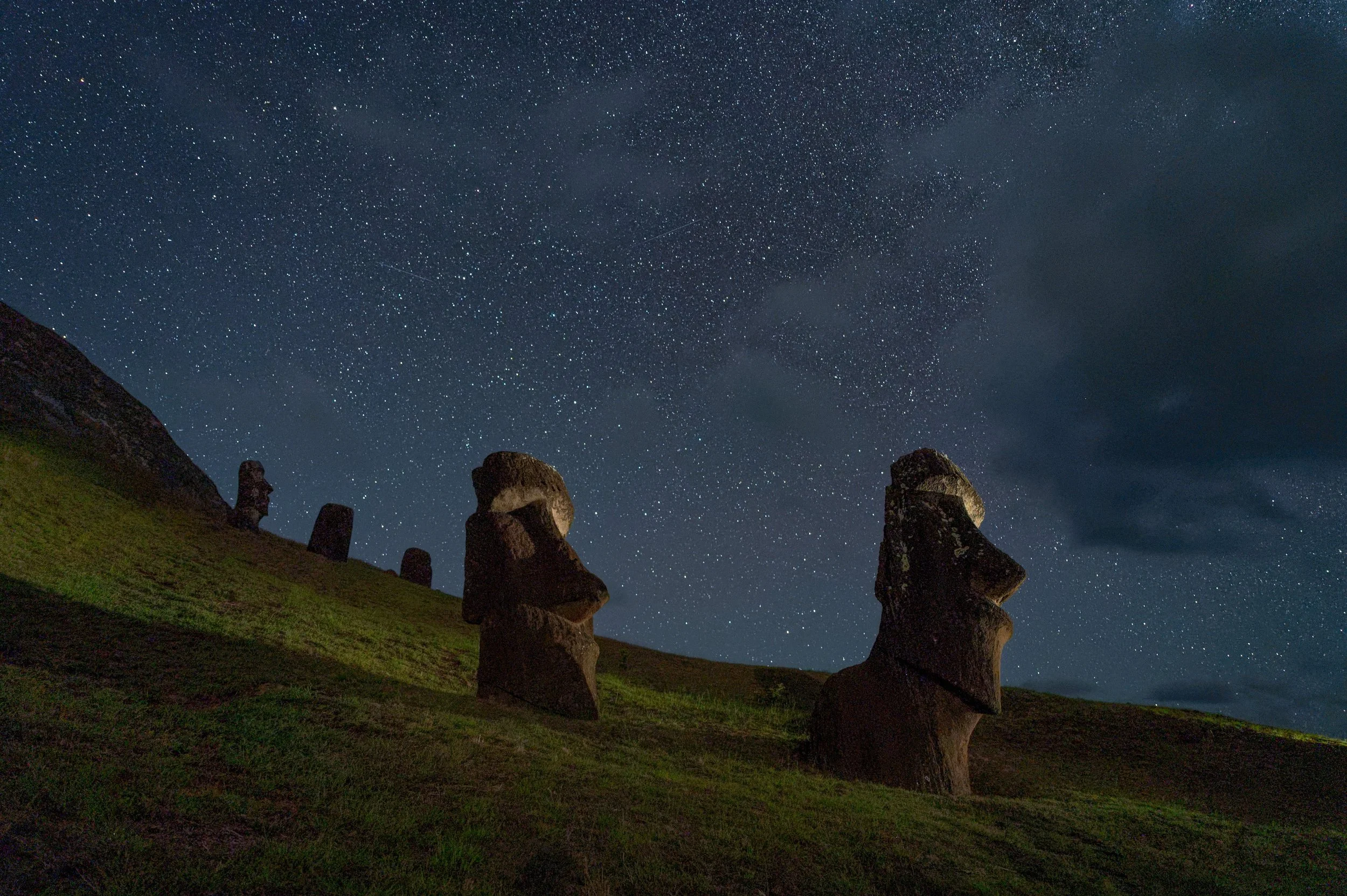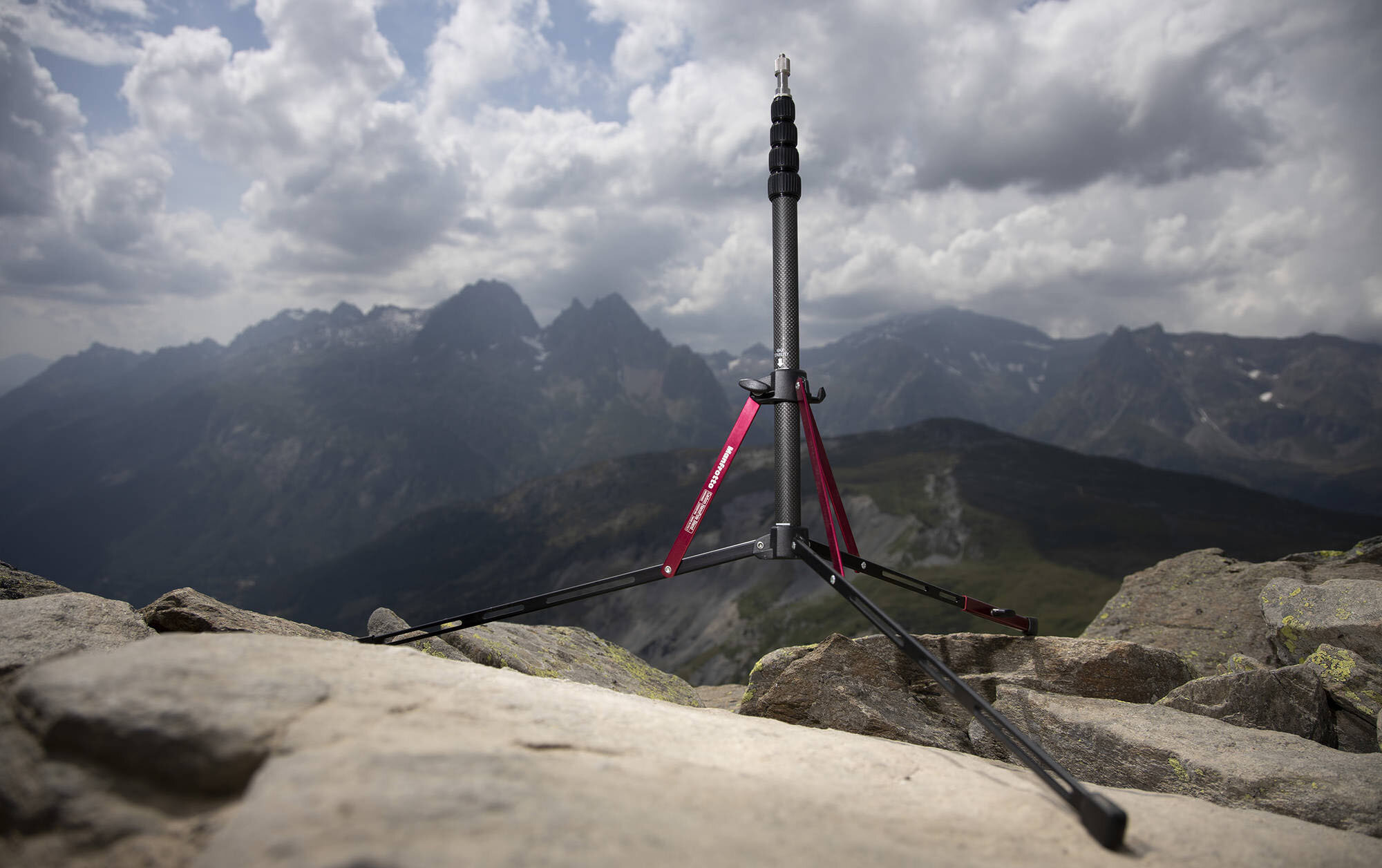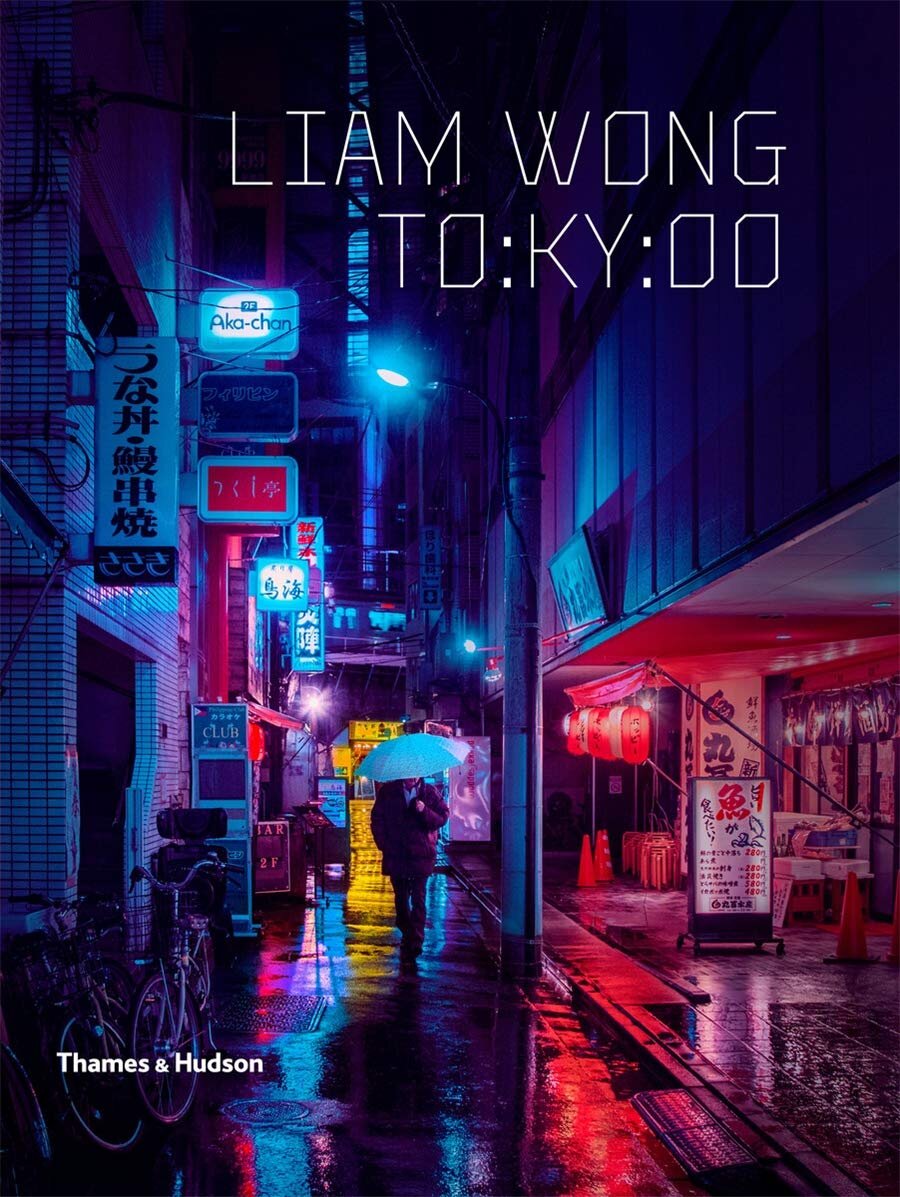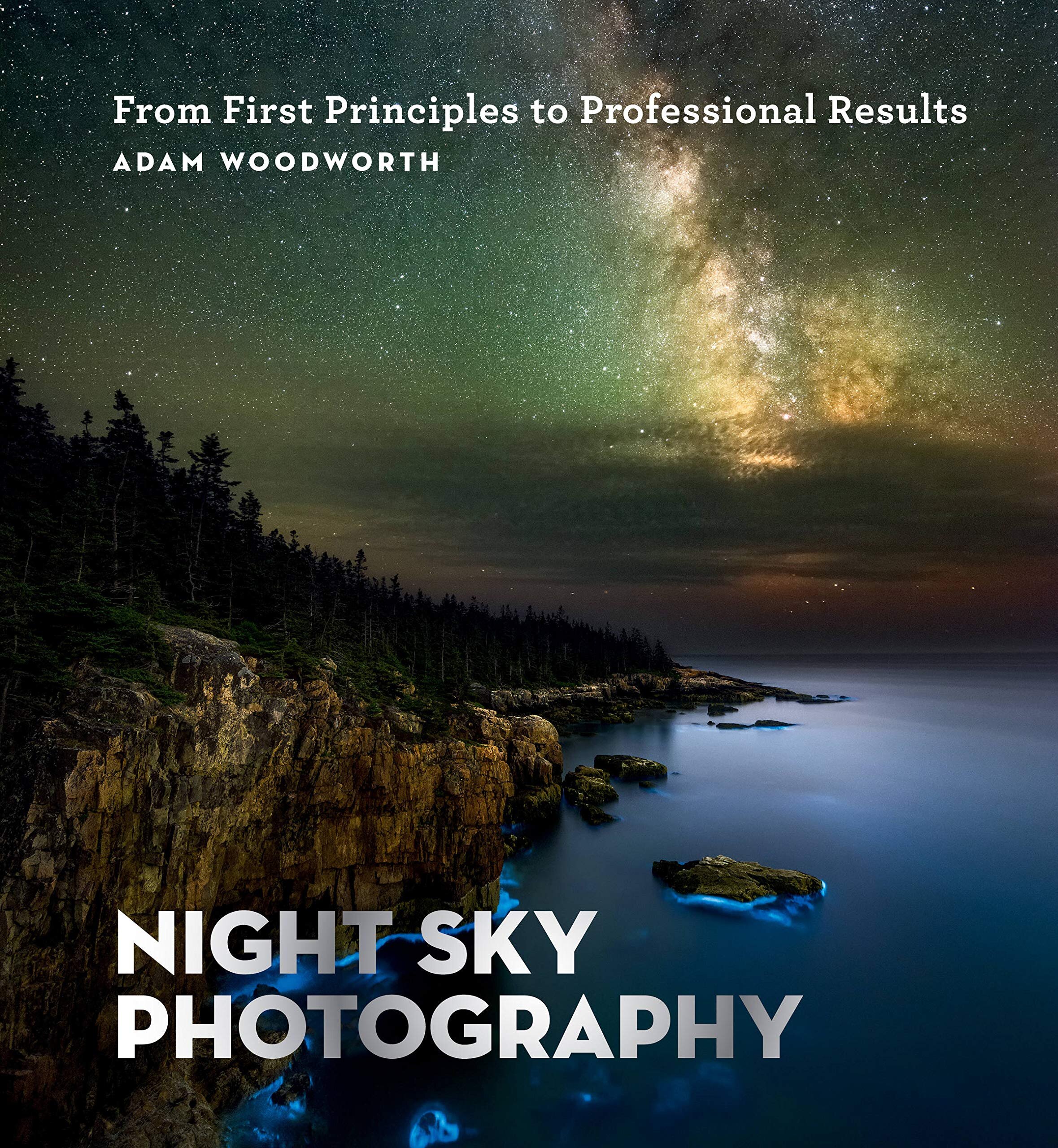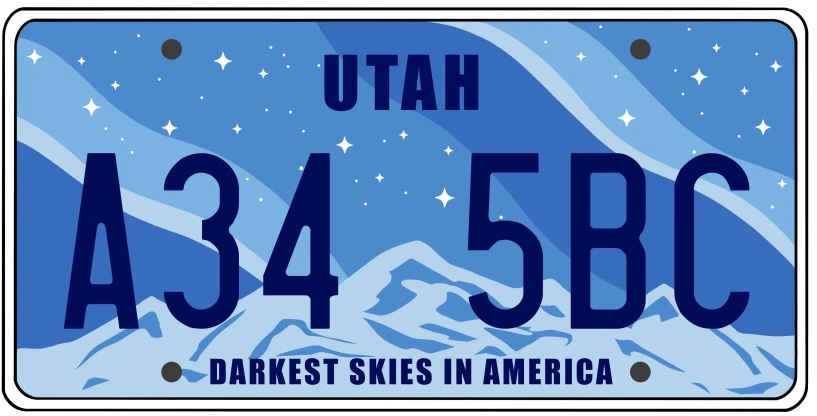As you know, we love night photography. And we love when others love night photography. And we’re always game for when someone wants to celebrate night photography, particularly when that “someone” is a giant in the photo industry, such as B&H Photo. And boy are they about to celebrate night photography!
Our favorite camera store and longtime friends at B&H have dubbed next week as “Night Photography Week,” during which they’ll be hosting a series of related content and events on all their channels.
Of course, we’re honored to be a part of it. See below for details.
Instagram Story from Badlands
Lightning in Badlands National Park. © 2019 Matt Hill. Nikon Z 6 with a 35mm lens. 4 seconds, f/8, ISO 200.
National Parks at Night’s Matt Hill and Tim Cooper will be in Badlands National Park next week to run a workshop during the peak of the Perseid Meteor Shower. They’ll be sharing part of that adventure with an Instagram story on B&H’s account. Follow by clicking on that link, and then keep your eye out for the story to develop.
Time-Lapse Talk
Our friend David Marx, who was a speaker at our Night Photo Summit earlier this year, will be presenting on “How to Create a Basic Timelapse Video Clip of the Night Sky.” David will cover everything from the basics to shooting a sequence of raw material to best cameras to use and more, plus how to put together your time-lapse in Adobe Lightroom and Photoshop.
Moonshots
Andrei Duman recently completed a personal project at the Mount Wilson Observatory, using the Hubble Telescope to capture photographs of the moon and stars. During a 1-hour presentation titled “Shooting the Moon,” he’ll tell the story of that experience and share some of the amazing high-resolution photographs he made of our nearest celestial neighbor.
Comfort and Creativity
You’re not scared of the dark, are you? No matter the answer, this talk is a don’t-miss. On the second day of the celebration, our own Gabriel Biderman will take the virtual stage at the B&H Event Space to discuss “Tips for Gaining Comfort and Creativity in Night Photography.” Gabe’s advice will empower you with knowledge to not only make you a better night photographer, but to also get you excited to push yourself more with creative long exposures.
Deep-Sky Discoveries
Yet another of our Night Photo Summit speakers will join B&H stage when Kevin LeGore steps up to talk about “Natural Night,” sponsored by NiSi. Attendees will learn how Natural Night filters help Kevin produce intimate images of our galaxy.
Gentle Light at Night
On the final day, National Parks at Night’s Chris Nicholson and Lance Keimig will team to talk about “The Wonders of Low-level Landscape Lighting,” sponsored by Luxli. They’ll go over their strategies for using the LLL technique and tools to create night photography in a controlled and creative fashion.
Inside Look at Deep-Sky Gear
In his talk “Behind the Scenes with Astrophotography Equipment,” Matt Dieterich of PlaneWave Instruments will bring the audience on a visual tour of the advanced imaging gear they manufacture to help astronomers and astrophotographers around the world capture amazing pictures of deep space.
YouTube Features
All of the above are live events, and B&H has also some recorded presentations queued up for their YouTube channel, as they’ve put together a great lineup of night-photography themed videos for Night Photography Week. A few of these are by us too:
“Best Cameras for Night Photography,” “Camera Settings for Night Photography,” “How to Photograph Star Trails” and “How to Light Paint” by Gabe
“10 Night Photography Problems and How to Solve Them,” by Matt and Chris
“Night Landscape Photography: From Light Painting to Light Writing,” by Lance
In addition to those, stay tuned for the following new releases for the week (all of which also happen to be from Night Photo Summit speakers):
“How to Get Started in Astrophotography: 5 Tips with @Nateinthewild,” by Nate Luebbe
“5 Composition Tips for More Striking Astro Photos,” by Autumn Schrock
“5 Tips on Light Painting,” by Susan Magnano
More Info & Registration
We’re pretty excited to be part of Night Photography Week, just as we’re always excited to work alongside our good friends at B&H.
For more details on all the above and everything else planned, keep an eye on B&H’s social media, as well as the Explora article “Join B&H Photo for Night Photography Week.” We’ll see y’all there, to seize the night!


